Trust is a new currency of brand differentiation for automobiles: Shashank Srivastava
As a harbinger of progress, trust, transparency and prosperity, Maruti Suzuki Commercial has launched ‘Tarakki Aapki, Saath Hamara’, a 360-degree media campaign to celebrate the channel’s success. The campaign aims to spread awareness about Maruti Suzuki Commercial as the one-stop solution for customers’ business needs and its wide product range of goods as well as passenger carriers. The campaign highlights the transformative ways through which Maruti Suzuki Commercial is helping enrich the lives and businesses of its customers by becoming a reliable partner in their success.
In conversation with Adgully, Shashank Srivastava, Senior Executive Director (Marketing & Sales), Maruti Suzuki India Ltd, speaks at length about the ‘Tarakki Aapki, Saath Hamara’ campaign, the overview of the automobile sector in 2021, Maruti’s focus areas and much more.
What was the thought behind the ‘Tarakki Aapki, Saath Hamara’ campaign?
The consumer who we have in mind is a person who wants to increase his business, to grow his income and try to make it big in life – that was the basic insight that we found for consumers who buy vehicles in this category, the LCB and especially the 700 KG category. We wanted to show how relevant it is for such consumers, and that is why we chose the theme of ‘Partnership for Progress’. This whole campaign is about the central pillar of partnership and how it will help the TG to grow, along with the vehicle which he uses, in this case, the Maruti Suzuki commercial vehicle.
Who will be the target group for this campaign?
The target group will be those people who are either using the vehicle themselves for their business or they could be some fleet owner or larger business who own multiple vehicles for business.
Who is the agency for this campaign and what was the brief shared with them?
The agency for this campaign is Dentsu and the brief that we had shared with the agency was that this is a segment, which is becoming important for Maruti Suzuki. We are a challenger in this segment, we started our foray into this segment in 2016. The main brief was, as a challenger how to differentiate ourselves from the well entrenched players, in this case it is TATA and Mahindra. Our product being superior, we felt how we can differentiate ourselves from the others and this is exactly what we shared with the agency.
How has this year’s turnout been for the auto sector as compared to the last two years? How strong will this sector’s growth be compared to the last two years as well as the pre-Covid period?
There are some changes in basic consumer behaviours because of personal health safety issues, people are moving away from public transport and shared mobility and moving towards personal mobility, and that is actually positive because that has driven the demand for passenger vehicle cars in our country after the Covid. Second, I think the buying is more for utility and functionality, rather than pure aspirations, and this is reflected also in the fact that the first time buyers have actually increased a little bit in the last two years, but the replacement buying has come down. The replacement buying is largely aspirational, which has come down a little bit from 26% to 19%, even as the functionality buying has gone up, especially for the first time buyers. Third, we observed that the requirement for finance, mostly tailor-made finance, has gone up, which means that people are looking for different ways of financing their vehicles, based on their individual circumstances, because some of them may have had reduced incomes and reduced businesses.
In terms of brand differentiation, we feel trust has become very important for brands and we keep saying that trust is a new currency of brand differentiation for automobiles and I think that is something which we have observed very strongly in the last two years. Fourth, I think the big change we have observed is that the digitisation process of buying itself has changed, so the people in the buying process have moved over digitisation. More and more inquiries for our products are now coming on the digital platform. In fact, between 2016 and 2020, we had just 2% of our inquiries moving up to about 15% in 2020 from the Web platform. However, in three-four months after the Covid struck, this figure touched about 35%; so, what took us four years to move from 2% to 15%, took us just three months to move from 15% to 35%. The digitalisation of the consumer journey is also a strong change that we have observed in the post-Covid period. It was already there, but post-Covid it accelerated and I don’t think that we are going to go back to the earlier type of buying process. Finally, in terms of media consumption, we also found that there has been a change in the consumption as far as the genre which is being consumed, and also the timing of the consumption, as also the device on which it is being consumed. So, it is increasingly more on mobile devices, it is increasingly vernacular and now we find the News genre and GECs emerging as the leading genres where we have seen growth, rather than others like Sports, where there was no live-action for an extended time during the lockout period. These are the broad observations that we have seen in the consumer buying pattern post the Covid.
What are the challenges and new opportunities that you see emerging in the year ahead?
Looking back at 2021, we can be optimistic about 2022, because in 2021 two major events happened for the automobile sector. First, of course, was the second wave of Covid, which was in many ways geographically much more widespread and in fact, a much larger wave, which put a large pressure on our medical systems. In the second half of the calendar year, we saw some issues on the supply side. Even though the demand had returned, we saw the supply being under constraint, with the result that the number of bookings which are pending for delivery has gone up. 2021 was the third year ever in our history that we crossed the 3-million sales mark in the industry.
Despite these two big problems if the industry was able to cross the 3-million mark, it basically means that there is a strength of demand, which we can look forward to with optimism in 2022. However, there are other challenges as well. Basically, the auto industry's growth is related very closely to economic growth and economically there could be some question marks depending on how the inflation pans out and if the inflation is high, then maybe the liquidity will be affected. But in general, if the economy does well, the auto industry should also do well. There is always that question mark on how long and how large the third wave will be, but I think industries are coping better with the new waves. Going forward, we have to be cautiously optimistic about 2022.
What are Maruti’s focus areas for 2022? Have you planned any new launches?
For 2022, Maruti will have many new launches. We have always been very aggressive in terms of the introduction of new products. Our portfolio is the largest across in the industry, we have 15 brands in different segments, we will be further strengthening the portfolio, which is one of our focus areas. Secondly, I think when it comes to the platform of digitalisation development, that is something which we are focusing on very strongly to digitalise for efficiency as well as greater productivity as well as bring in more personalisation, both in terms of communication and the way we approach sales. Digitalisation is the other big focus area for us going forward.
Third, is our market share, which has been pretty strong across all segments, except the mid SUV’ and that’s another area where we will be focusing on going forward in 2022.



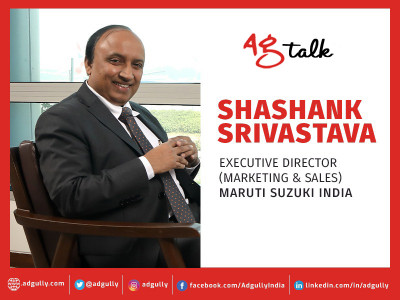
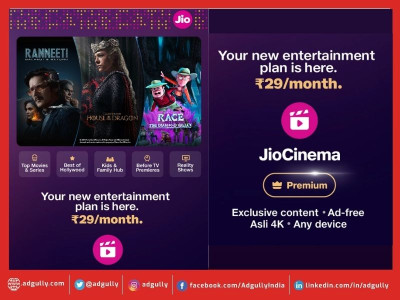


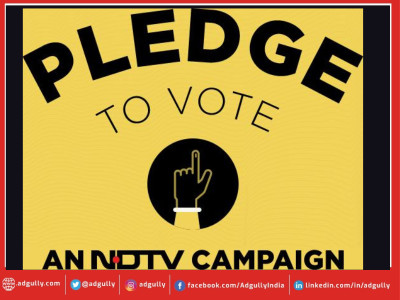




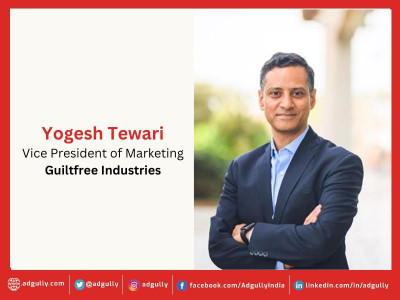
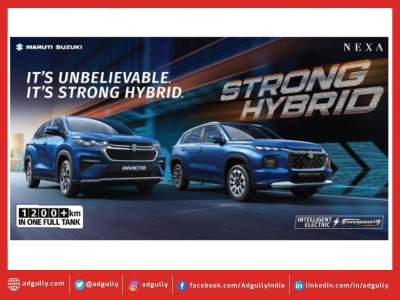
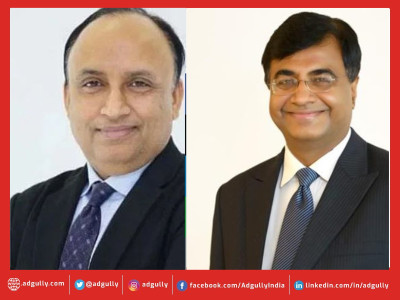



Share
Facebook
YouTube
Tweet
Twitter
LinkedIn